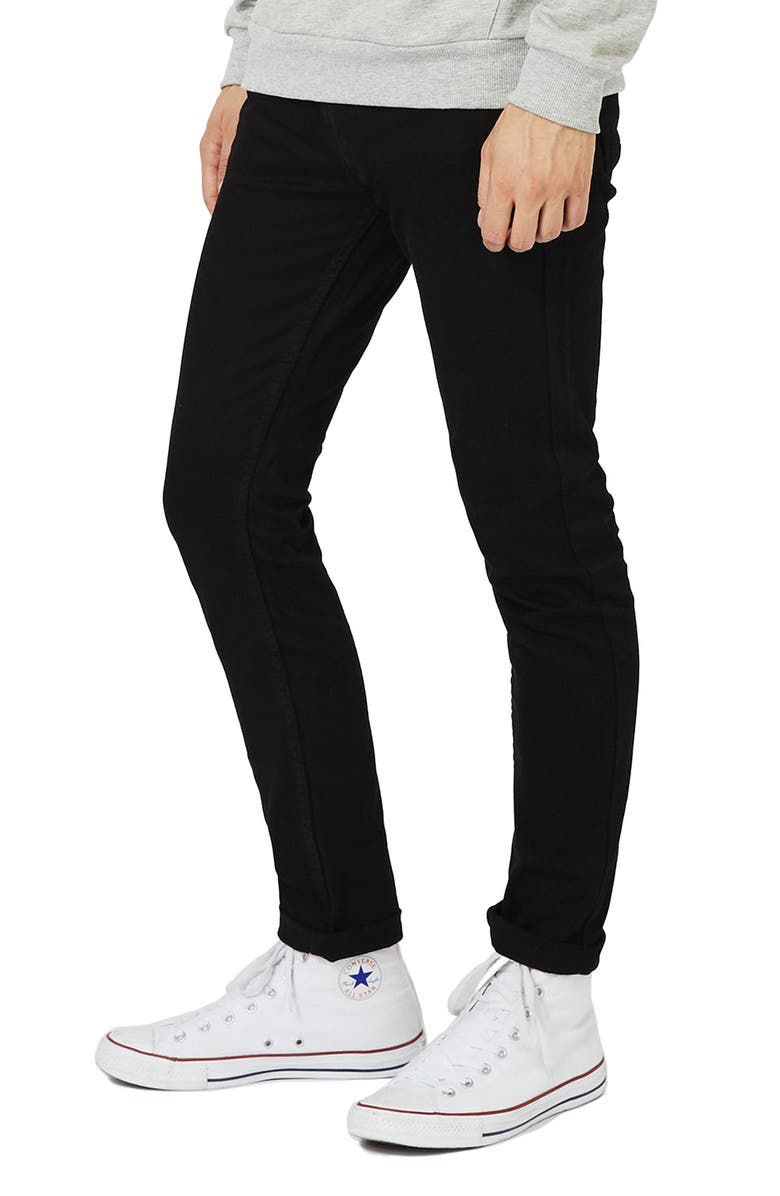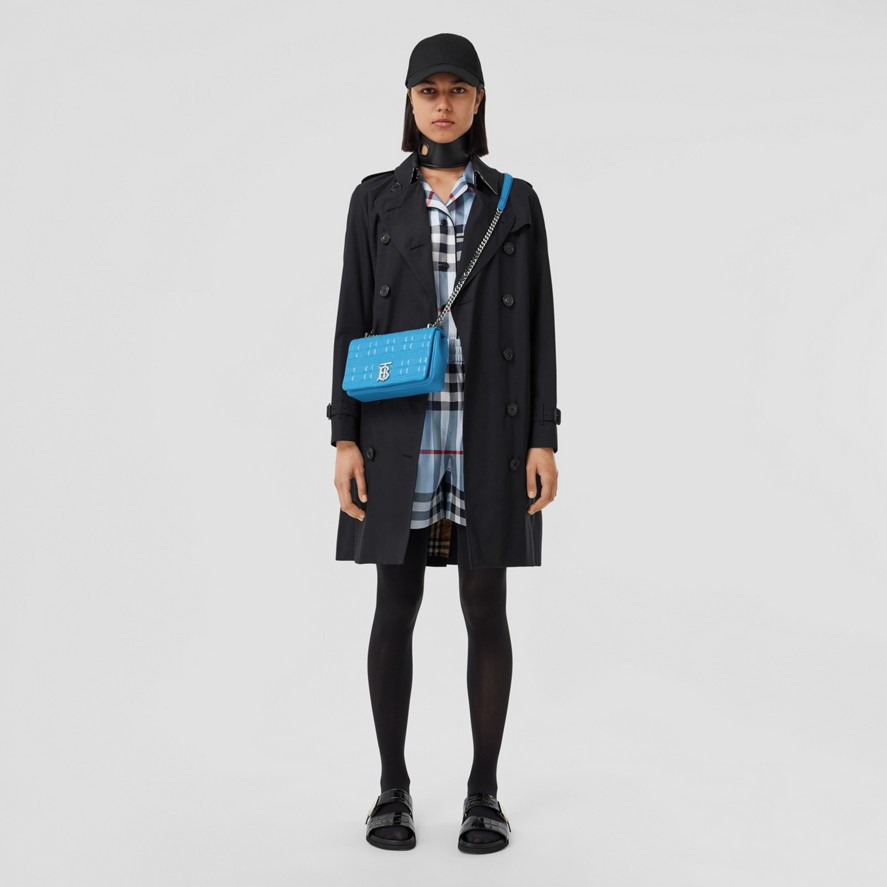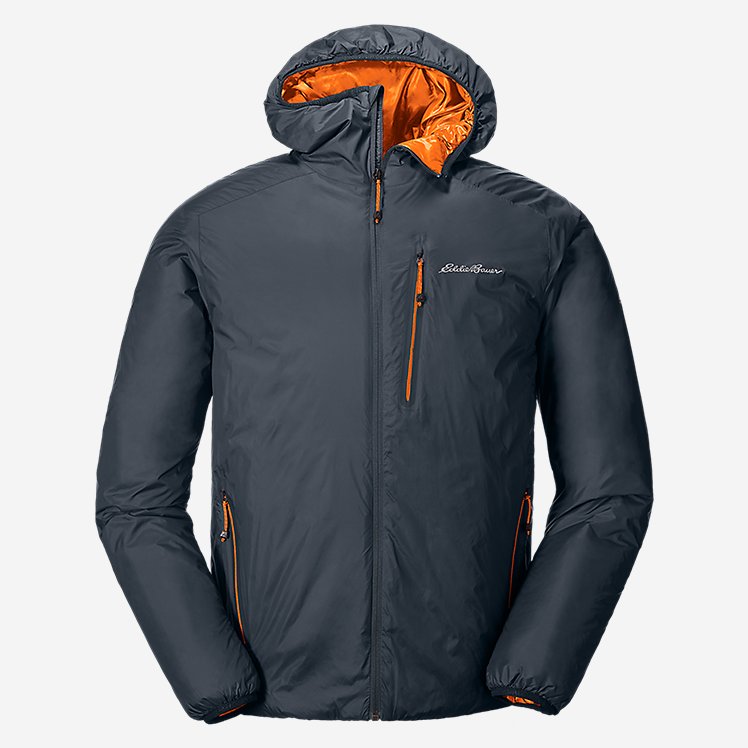Slim-fit knit suit jacket in wool-cotton blend – AX264 – J.Crew
When you want to look sharp but aren’t in the mood for a “real” suit, this casual jacket is your go-to. The soft fabric is knit in a comfortable jersey construction that’s casual yet polished. It’s partially lined so it feels tailored and just structured enough without being overly formal.


)






by Justin
If you’re looking for a slim-fitting, formal sport coat, look elsewhere. This is an oversized, unstructured, very comfortable coat. It will be nice to wear on spring days in the Rocky Mountains when I’m not sure if the rains are coming.
by Phil
I love this jacket and can’t wait to wear it!
It fits perfectly and doesn’t show big in the waist. Very form fitting how a jacket like this should be! Will be ordering in other colors! Couldn’t beat price either! A sheer steal!